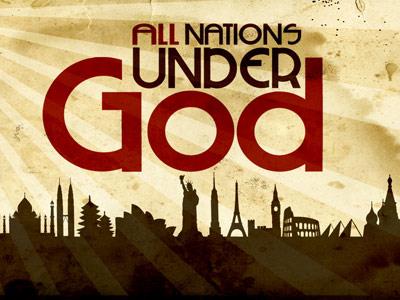-
The Signs Of Jesus' Return Part 1 Series
Contributed by Doug Fannon on Jan 11, 2021 (message contributor)
Summary: This Sermon Series is a look at Jesus' Olivet Discourse (Matthew 24-25). This message examines the questions asked by the disciples. All Scripture references are from the NASB.
We live in uncertain times. How often has it been said that we are living in the end times? I’ve been asked on several occasions if I would preach about the end times. I have done so in the past and will do so in the future. In my preaching, I try, to the best of my ability and understanding, to preach the whole counsel of God, not just about end times, not just about salvation, but also include how we should live, and how we need to view the world around us.
Does preach about the end times (eschatology) mean I will be preaching through Revelation? Not exactly, for we will be in and out of the Book of Revelation in this study. But a proper understanding of Revelation requires a firm grasp of the entire Bible, especially the Old Testament from which many of the imagery presented in the Revelation come. We must realize that that the Book of Revelation is only part of the reveal plan of God.
Many books have been written on the end times. Many have differing views and theologies. They can be so difficult to understand. Study of end time prophecies can be like a a big jigsaw puzzle. What are the signs and events we should be looking for? What is our road map? How does this all fit together? For example, how many of us understand every word in the Book of Revelation?
In this sermon series, we are going to see what Jesus himself had to say about the end times. The disciples were asking similar questions and we will start with what Jesus had to say to them.
Jesus talks about His second coming and the times of the end in many different places, and we will touch on many of them. Our study in this series will look at what many call as Jesus’ Olivet Discourse, from Matthew 24-25, for Jesus came with this teaching to His disciples on the Mount of Olives.
For the next few weeks we will looking at Matthew 24:1-24. Today we will look at verses 1-3, the questions the disciples asked that prompted Jesus to have this teaching. We look at His teachings, diligently compare with other scriptures, and try and let the Word speak for itself.
Matthew 24:1–3
A fundamental concept in when we look at Scripture interpretation, as the Holy Spirit guides us, is what did these words mean to the original audience? Part of that is putting the words of Scripture into context. What is the background? To more fully understand the question the disciples were asking, we have to back up to chapter 23. Jesus was giving his last public teaching in the Temple, and He was raking the scribes and Pharisees over the coals, giving them “what for.” This was just a couple of days prior to His crucifixion. We read in Matthew 23:13-36 Jesus gives eight “woes” to them. The seventh “woe” is the root of their problems:
Matthew 23:27–28 “Woe to you, scribes and Pharisees, hypocrites! For you are like whitewashed tombs which on the outside appear beautiful, but inside they are full of dead men’s bones and all uncleanness. 28 So you, too, outwardly appear righteous to men, but inwardly you are full of hypocrisy and lawlessness.
These scribes and Pharisees appear as holy men, but Jesus knows their heart. The Jewish people (especially the scribes, Pharisees and priests and the other professional holy men) had missed out on what God had for them. So Jesus laments or mourns over Jerusalem:
Matthew 23:37–39 “Jerusalem, Jerusalem, who kills the prophets and stones those who are sent to her! How often I wanted to gather your children together, the way a hen gathers her chicks under her wings, and you were unwilling. 38 Behold, your house is being left to you desolate! 39 For I say to you, from now on you will not see Me until you say, ‘BLESSED IS HE WHO COMES IN THE NAME OF THE LORD!’ ”
From here on out, the Temple in Jerusalem holds no further factor in salvation history. The temple is now no longer the central place of worship. It had been the place where the people met God, but now, location for worship is not important. Now to worship God, Jesus told the woman at the well:
John 4:23 But an hour is coming, and now is, when the true worshipers will worship the Father in spirit and truth; for such people the Father seeks to be His worshipers.
Jesus told this woman that location was now no longer important. But as for the temple, Jesus tells them, “Behold, your house is being left to you desolate!” When Jesus said this, it was very similar as what we read in Ezekiel 10-11 where God’s glory departed from the first temple, the temple that Solomon built. Jesus, like the glory of God, is leaving this temple, the second temple, the magnificent structure that Herod the Great hat built, now Jesus leaves for the last time. Jesus will not come on to the Temple Mount again until he returns at His second coming.

 Sermon Central
Sermon Central



